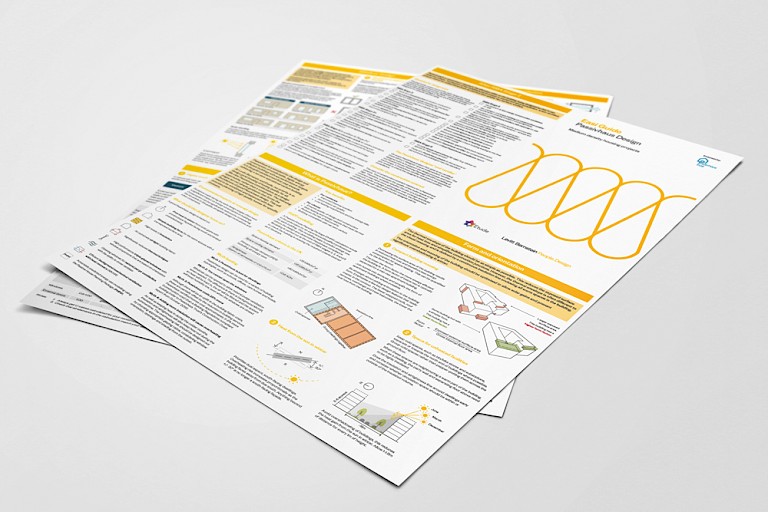Levitt Bernstein, alongside sustainability engineers Etude, have campaigned tirelessly for faster change in the built environment to achieve zero carbon. But they have found that often the best way to effect change is to collaborate with others, lead by example and share learning along the way.
They believe that the first step to zero carbon is to create an ultra-efficient building design. Through their project work with Etude, they have discovered that the benefits of low energy design can be unlocked by viewing Passivhaus considerations as an opportunity, rather than a constraint.
This led them to develop the ‘Easi Guide to Passivhaus design’, which has been endorsed by the Passivhaus Trust.
The guide graphically sets out ten simple principles that form the foundations of good Passivhaus and zero carbon design. They encourage clients to use it to set their briefs and architects to use it when designing their buildings. The main body of the guide emphasises key considerations at RIBA Stage 2 to allow design teams to meet Passivhaus within the contextual needs of their site, while a checklist offers the next steps if full certification is to be pursued.
By providing open access, they hope that you enjoy our guide, make many zero carbon buildings and share your learning with others.
Author: Etude/Levitt Bernstein
Publication date: June 2020

